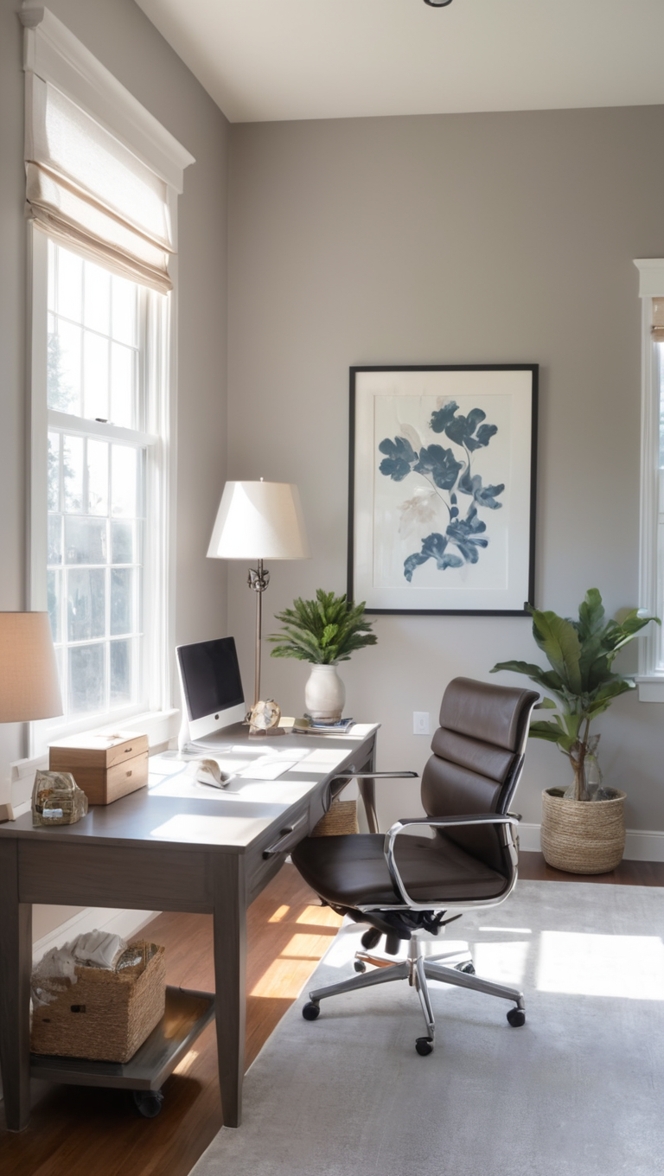Discover the art of blending diverse textures and materials to transform your bed into a luxurious and inviting haven. Learn innovative styling tips in this insightful guide.
**How to style a bed with mixed textures and materials?**
Bedding with mixed textures and materials adds depth and interest to your bedroom decor. To achieve this look, start by selecting a neutral base color for your bed linens. Then, layer on different textures such as velvet, faux fur, knit blankets, and embroidered cushions in complementary colors. Mixing materials like cotton, silk, linen, and wool can create a visually appealing and cozy ensemble. Additionally, consider adding a variety of throw pillows in different shapes and sizes to enhance the overall look. Lastly, balance the textures and colors throughout the bedding to achieve a harmonious and inviting bed setup.
When it comes to styling a bed with mixed textures and materials, there are several key considerations to keep in mind. Here is a comprehensive guide on how to create a well-styled bed using a variety of textures and materials:
Start by selecting complementary textures and materials that work well together. Consider mixing soft materials like velvet or silk with more tactile ones like linen or wool. This combination adds depth and visual interest to the bed.
Incorporating mixed textures and materials in bed styling offers several benefits. It can make the bed look luxurious and inviting, create a cozy atmosphere, and add a touch of sophistication to the bedroom decor. Mixing different textures also helps to elevate the overall design aesthetic.
To ensure that the various materials and textures are cohesive in the overall bed design, consider sticking to a unified color palette. This will help tie everything together and create a harmonious look. Additionally, vary the scale of the patterns and textures to add balance and visual appeal.
Yes, you can mix different patterns along with textures when styling a bed. However, it’s essential to maintain a balance between the different elements. Choose patterns that complement each other and vary the scale to create a layered and cohesive look.
There are some common mistakes to avoid when combining various textures and materials in bed design. These include using too many textures that clash, overwhelming the space with bold patterns, or neglecting the overall color scheme. It’s important to strike a balance and ensure that each texture complements the others.
To create a visually appealing focal point on the bed using mixed textures and materials, consider using a statement piece like a textured throw or a set of decorative pillows. These elements can draw the eye and add interest to the bed while enhancing the overall design.
Considering the color scheme when mixing textures and materials in bed styling is crucial. Coordinating colors help create a cohesive and harmonious look, while adding a pop of contrasting color can create visual interest. Be mindful of the color combinations to achieve a balanced and visually pleasing design.
In conclusion, styling a bed with mixed textures and materials allows you to create a unique and inviting space. By carefully selecting complementary textures and materials, incorporating mixed patterns, and considering the color scheme, you can achieve a well-styled bed that adds warmth and charm to your bedroom. Experiment with different textures and materials to personalize your bed design and create a cozy retreat that reflects your style.








